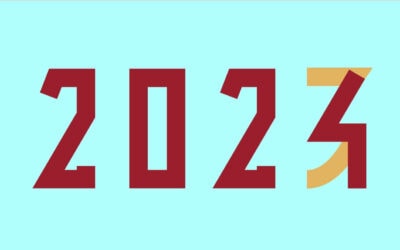My Good-Evil oscillation ambigram design is easily one of my most popular designs – having made it to multiple publications, websites, covers of magazines, on the TV Show Brain Games… and now it has made its way into a medical research journal Frontiers of Physiology in an article on (of all things), cardiac remodeling. You can read the actual article on Pub Med (link and reference below).
Spaich, S., Katus, H.A., Backs, J. (2015, July 22). Ongoing controversies surrounding cardiac remodeling: is it black and white-or rather fifty shades of gray? Frontiers in Physiology (6)202. doi: 10.3389/fphys.2015.00202.
And this is how they describe their reason for including this design.
Illustration of good and evil as an optical illusion/ambigram. This illustration of the words good and evil in the context of an optical illusion is implemented to emphasize two things: 1. Expectations drive our perception and may therefore create a bias, i.e., if we are looking for something positive, we will probably recognize the word good first. If negative expectations prevail, the word evil will most likely be seen first. In this regard, we would like to emphasize that research efforts are prone to hold to the same pattern and this bias has to be mindfully dealt with and kept in mind. 2. The idiomatic phrase of “two sides to every coin” is reflected in the concomitant depiction of good and evil serving as a simile that key mediators of cardiac remodeling processes cannot be dichotomized in solely good or bad protagonists as the nature and dignity of their signaling will range a context-sensitive continuum with positive (good) and negative (evil) results. Good-Evil Ambigram designed by and courtesy of Punya Mishra (punyamishra.com).





Very nice.